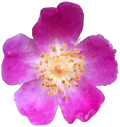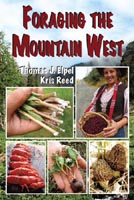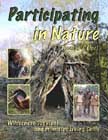| Thomas J. Elpel's Web World Portal  Wildflowers & Weeds 
|  Wildflowers-and-Weeds.com Plant Identification, Edible Plants, Weed Ecology, Mushrooms, and more. Home | Plant Identification | Plant Families Gallery | Edible Plants | Mushrooms | Links Desertification & Weed Ecology | Weed Profiles | E-Mail | Search this Site |
|
Scrophulariaceae The Figwort family got gutted in the taxononic name game. This was a magnificent family with fairly intuitive patterns for identification, but most Figwort genera have been reclassified according to genetic evidence into the closely related Plantain, Lopseed, and Broomrape families. The Acanthus and Bladderwort families also have figwort-like flowers. Unfortunately, all of these families are now more complicated to identify, and the remaining genera in the Figwort family lack strong patterns between them. Nevertheless, being able to recognize a typical figwort-like flower remains an essential step for identifying any of these six closely related families. Key Words: Irregular flowers with 2 petal lobes up and 3 down. Capsules with numerous seeds. Please e-mail Thomas J. Elpel to report mistakes or to inquire about purchasing high resolution photos of these plants.
There are more
Return to the Plant Families Index |
|
Looking for life-changing resources? Check out these books by Thomas J. Elpel:
|
|
|

















